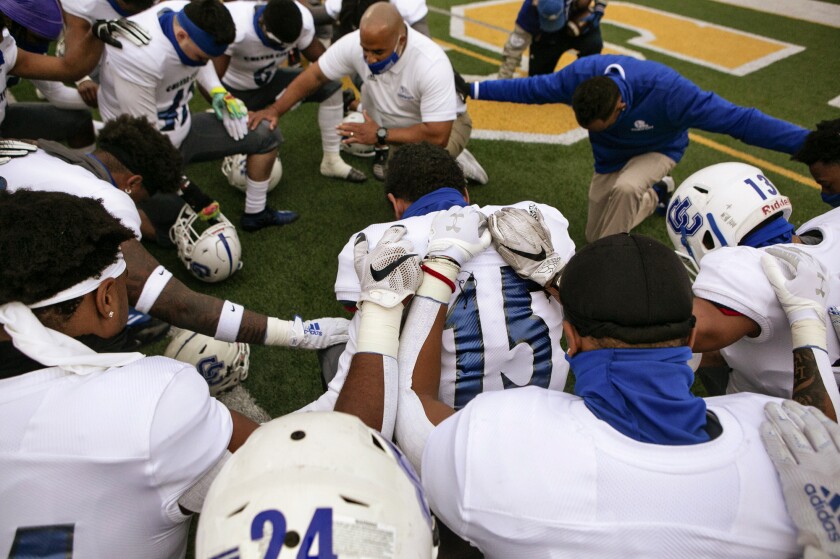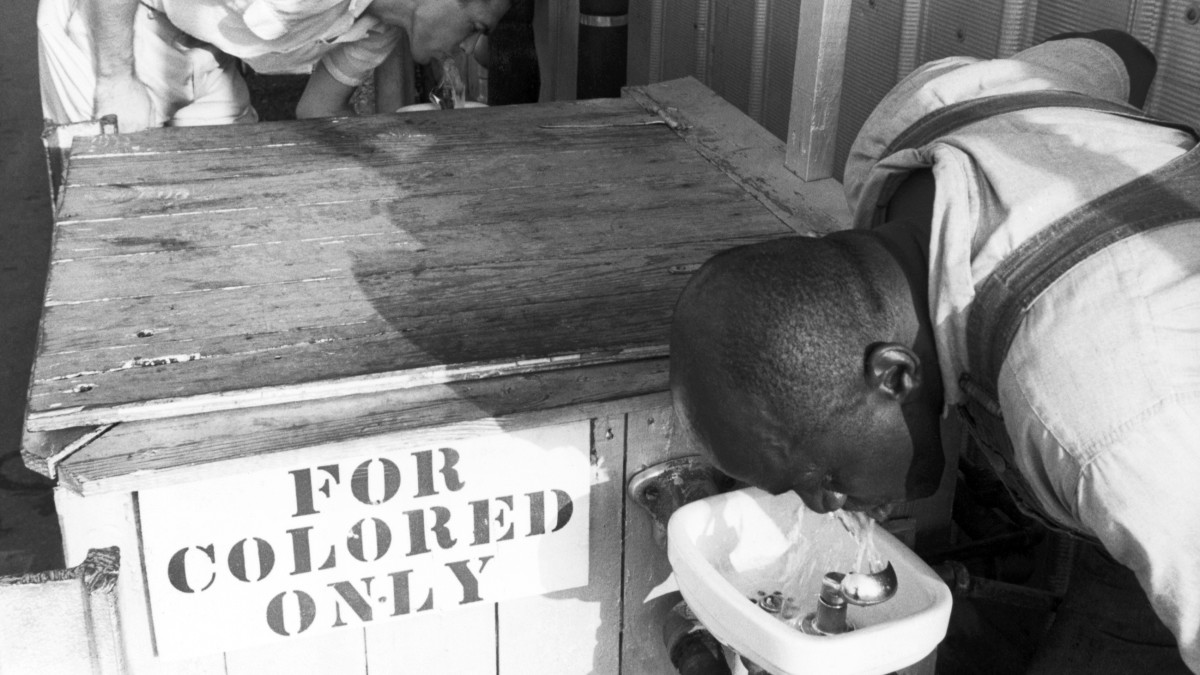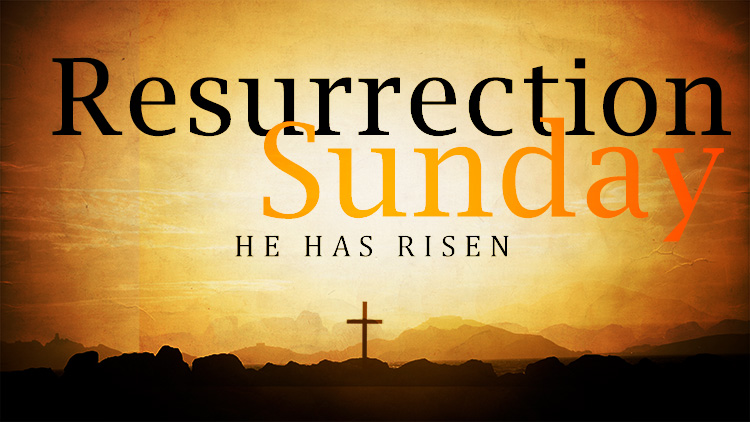Many congregations seek to remove pastors by the action of one or more of the boards of the church. Pastors respond by seeking a vote from the church body as a whole. The question becomes who is right in these cases?
There is a recent case in Chicago filed by Rev. Ruben Ervin versus Lilydale Progressive Missionary Baptist Church. Rev. Ervin filed this action against the church to obtain an injunction preventing his termination as pastor. The case is one that we see in many Baptist congregations throughout America. In this case, the church’s board members voted to remove Rev. Ervin from his position as pastor of Lilydale Progressive. The case was filed in court by the pastor on the basis that the board did not have authority to remove him without obtaining a vote from the church’s members as required by the church’s bylaws.Â
The board responded that the employee handbook and the church covenant gauge the board power to remove the pastor. The judge in the lower court refused to interfere with the church’s ecclesiastical decision to terminate the pastor’s service and dismissed the case. Rev. Ervin appealed the lower court’s decision, which supported the board’s right to terminate him without a vote by the church members.
This case presents an issue that many of our churches face. We have bylaws that are inconsistent with the operational documents and practices used by the church. Oftentimes, the officers of the church operate without authority provided by the membership. Many congregations have not reviewed their bylaws since the church began and are therefore unaware of its provisions. Most of our congregations do not have clear guidelines in our bylaws for removal of pastors, members, or other staff of the church.Â
In this case of Rev. Ervin and Lilydale, the bylaws provide: “Upon recommendation by the joint boards of the church, the pastor’s service may be terminated by a vote of two-thirds of the members present and qualified to voteâ€. The joint board moved to declare the pulpit vacant at two separate meetings in 2002. In each instance less than two thirds of the congregation voted to remove the pastor. Then in 2003 the Joint Boards voted to dismiss Rev. Ervin without submitting the issue to a vote of the general membership of the church. Following the meeting, the joint boards sent Rev. Ervin a letter of termination. Rev. Ervin returned to the church to conduct services Sunday morning whereupon the police were called to remove him from the pulpit.Â
The issues in this case are not whether or not Rev. Ervin should be terminated for cause, but whether or not the Joint Boards could terminate without a church vote. The court reviewed the employee handbook and the church covenant and found that these documents did not provide a specific procedure for termination of an employee. The court found that the handbook only provided reasons for termination, not the process for removal as established in the by-laws. The courts recognize that Baptist churches and other congregational style churches have “congregational polity†that is as they are churches governed solely within themselves. The courts will not get involved in matters of religion and worship practices, but the courts will decide whether the proper authority was exercised
In a similar case in Michigan, Vincent v Raglin 114 Mich.App.242, 318 NW2d 629 (1981) the plaintiff pastor served a Baptist church for nearly twenty years. The board of trustees passed a resolution to terminate his service after issues arose between the pastor and the board. The pastor continued to conduct services after the board notified him of his termination. The trustees hired security guards who forcibly removed the pastor from the church. The pastor filed a lawsuit to obtain an injunction preventing his termination. The Appellate Court of Michigan reviewed the church’s governing manual to determine whether the trustee’s dismissal was “the action of the churchâ€. The manual made the dismissal of the pastor “the exclusive prerogative of the church membershipâ€.
This means that churches must define in writing, bylaws or governing documents, the rules by which it retains the services of a pastor, the pulpit becomes vacant, members are removed, and officers are elected, selected and removed. The court will only review the rules that the church has put in place. What could have been done to avoid the cost of litigation and the negative feelings that result from the church going to court?
AVOID LITIGATION: GET YOUR (CHURCH) HOUSE IN ORDER
–Churches should review and update bylaws and personnel manuals annually
–The duties and authorities of boards should be clearly spelled out in the bylaws
–The bylaws should include procedures for termination and procedures for selecting pastors, officers, standing committees etc.
–Church bylaws should define roles and responsibilities of boards in the presence and in the absence of a pastor
–The structure, authority and guidelines for the pulpit committee should be clearly outlined in the bylaws
–Bylaws should include a process for conflict resolution and Christian mediation.
The Church bylaws are critical for every congregation. The by-laws should be signed by the leadership and ratified by the membership. Members should have copies of the current, dated bylaws. They should not be held secret documents by a few.
By Rev. Dr. Janette C. Wilson








Leave a Reply